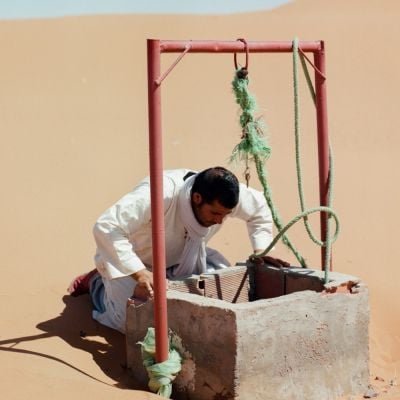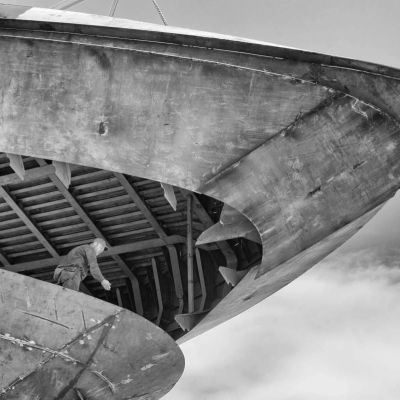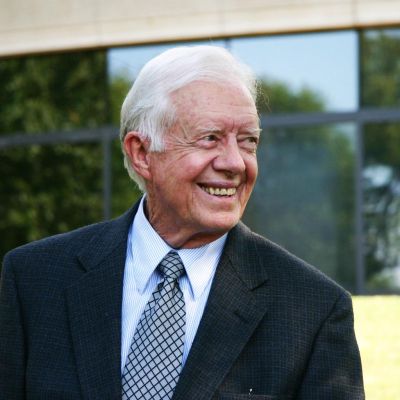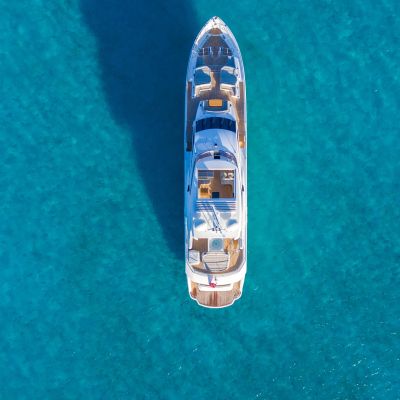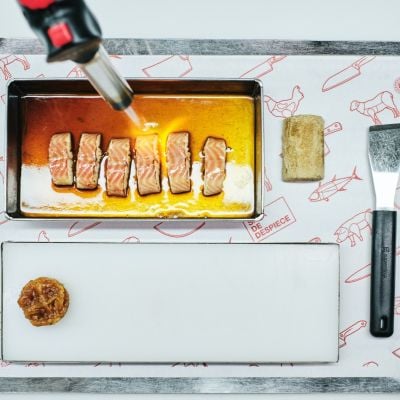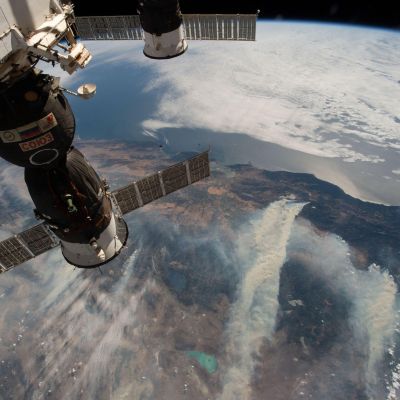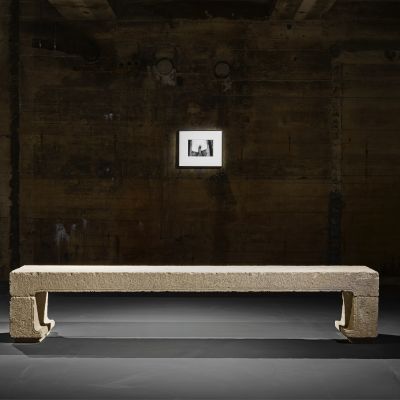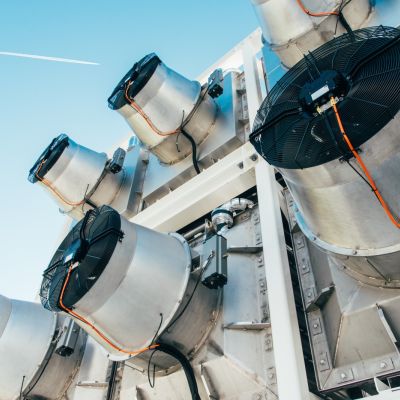The Billionaire Building An Alpine Art Bunker
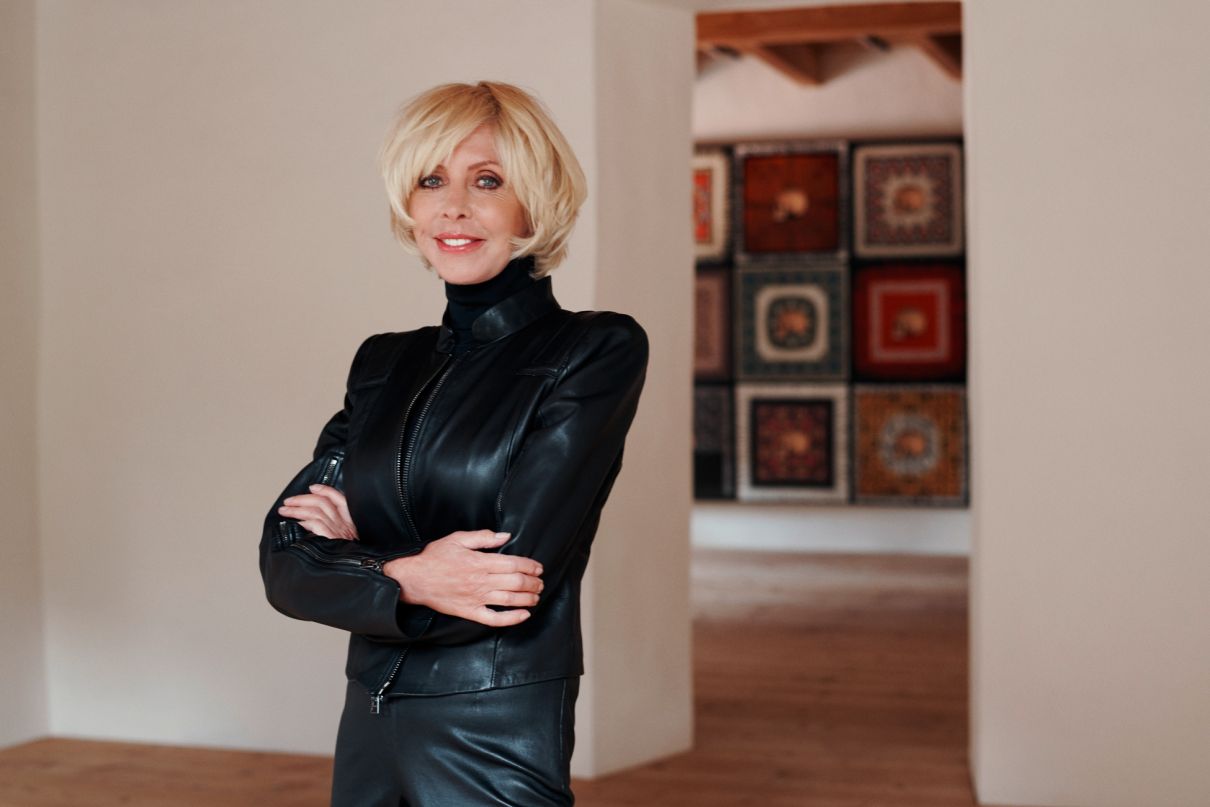
A new art museum in a remote Swiss valley hopes to provide an antidote to the ‘Instamoment’.
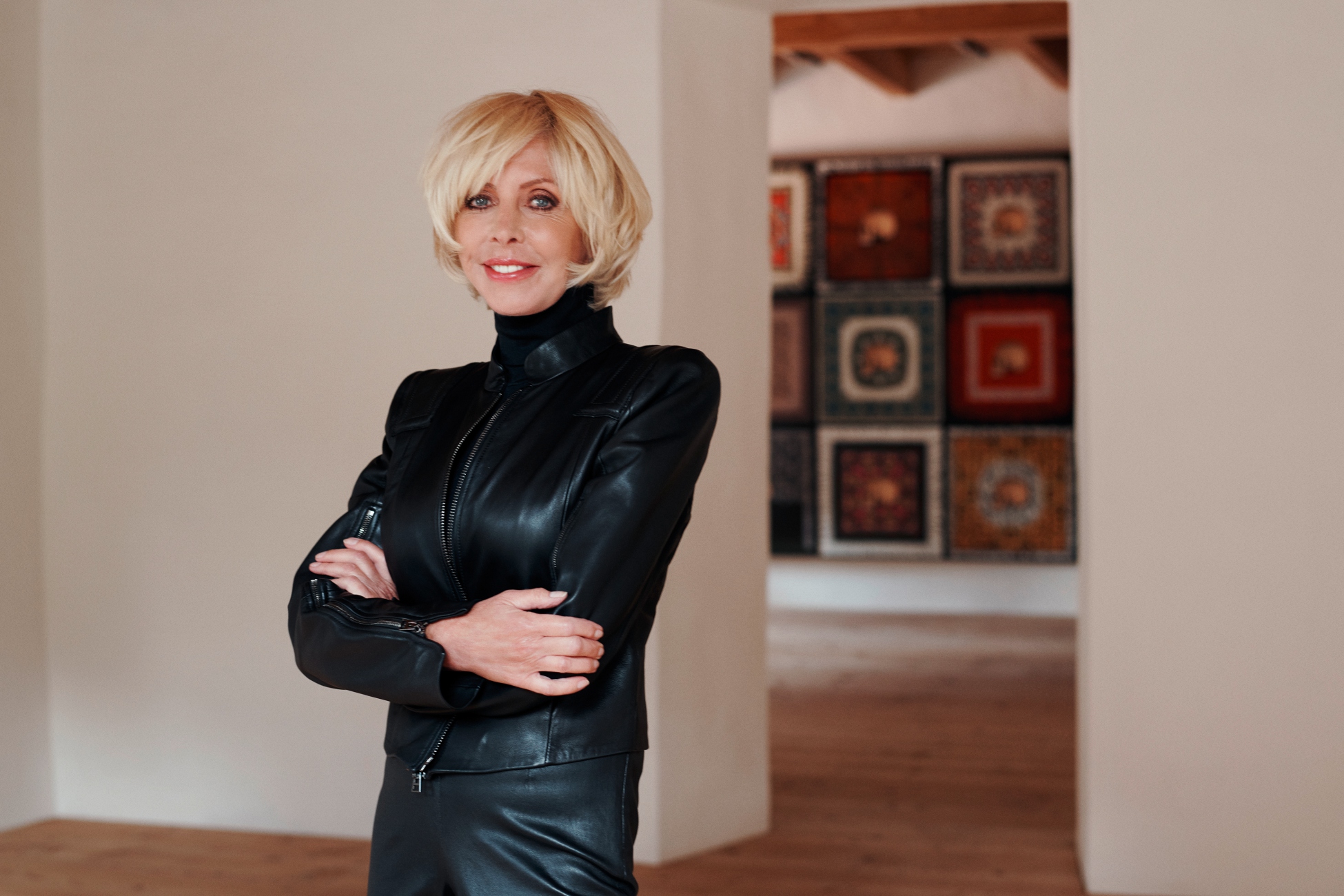
When Polish billionaire Grażyna Kulczyk was exploring her neighbourhood of the Lower Engadine, a rugged and near-forgotten valley in Switzerland’s easternmost corner, she discovered a group of abandoned industrial-looking buildings.
Her curiosity piqued, Kulczyk began researching their history. She discovered the buildings had once formed a monastery ensemble in early medieval times, functioning as a brewery and a point to rest and change horses on the ancient pilgrim route to Santiago de Compostela. Later, the village was related to a historically important Reformation debate held in the monastery church in 1537.
“It became clear that such a remote Alpine location with a rich cultural history was the perfect place for the kind of activity I had in mind: a museum with a disruptive outlook and approach to the future,” says Kulczyk.
This was the starting point of Museum Susch, which perhaps seeks to encourage a new kind of pilgrimage. A multi-faceted art museum with 1,500 square feet of gallery space, it opened its doors in January showing Kulczyk’s permanent collection. This is one of the largest and most significant in Eastern Europe, featuring predominantly avant-garde and contemporary Polish artists, often female, such as industrial installation artist Monika Sosnowska and sculptor Magdalena Abakanowicz.
Its core narrative is a record of dialogue between Eastern European artists in the 20th and 21st century, and artistic movements from around the world, opening new perspectives and raising questions of relations between East and West — or the marginalised and the central.
Kulczyk’s plans for an art museum began over a decade ago. Initially, she commissioned Pritzker Prize-winning Japanese architect Tadao Ando to create a museum in her hometown of Poznań, a riverside city in Poland that was meant to neighbour the Stary Browar: an eight-hectare post-industrial city bloc converted into a multi-use commerce and art complex, where she had run exhibition and performance programmes since 2003.
But in 2015 the local government declined the opportunity of working together and she sold the complex to a German investment company for €290 million. She moved on to planning a complex institutional museum platform in the Polish capital, Warsaw. When that was declined too, as the City of Warsaw was not committed to the private-public project Kulczyk proposed, she decided to shift all her efforts to creating the much bigger museum in Susch.
“It allowed me to fulfil the entire multifaceted institution I had dreamt of for years,” says Kulczyk.
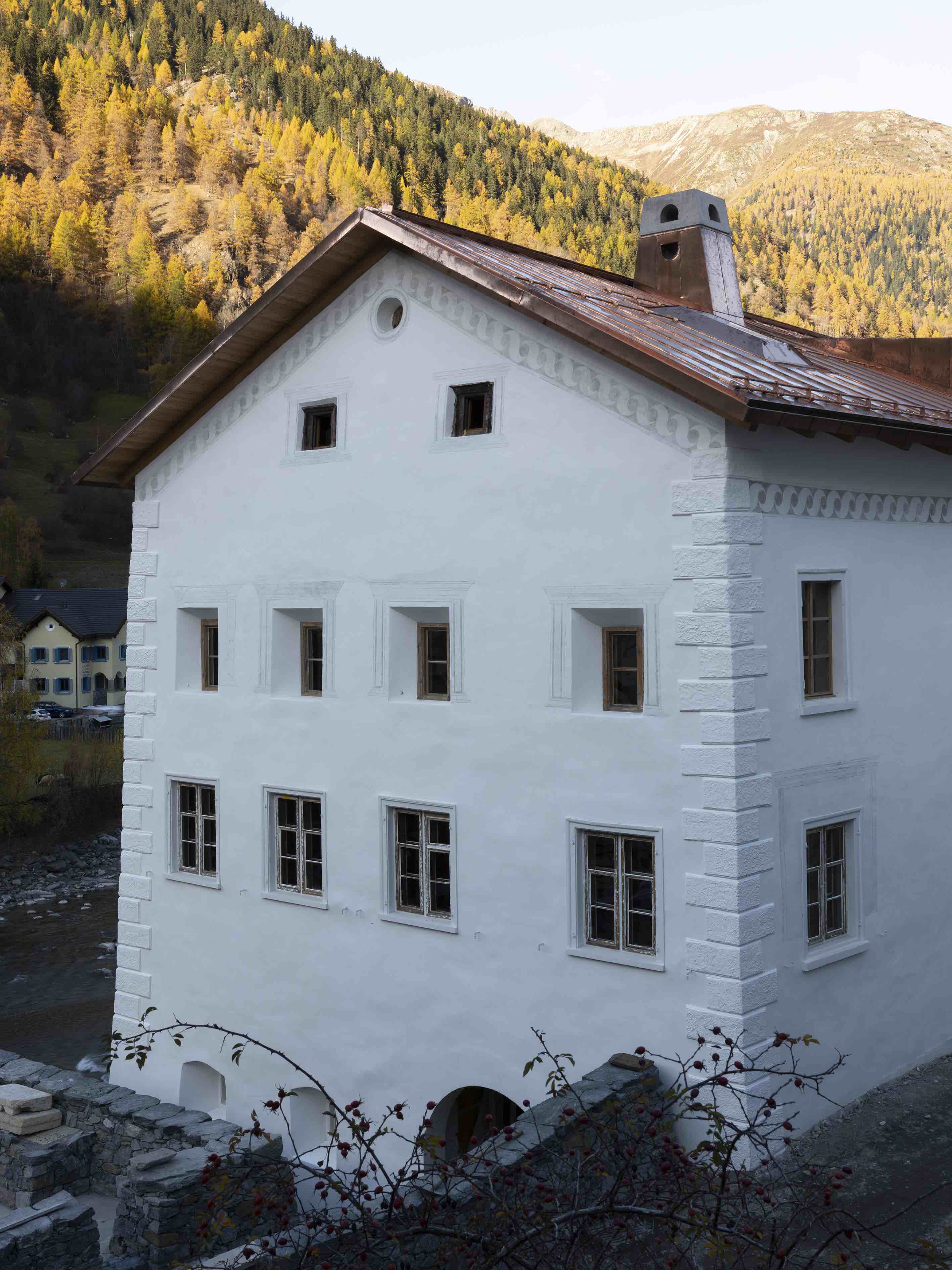
The museum construction, funded entirely by Kulczyk, started by exploding and excavating 9,000 tons of mountain rock to expand the site underground while preserving the ancient buildings above ground. Headed by local Swiss architects Chasper Schmidlin and Lukas Voellmy, the project involved thorough consultation with the community and sensitivity to traditional techniques.
Some would call it a gamble, creating a museum in the middle of nowhere, a good hour’s drive from the nearest town of Davos. Depending on the season, Susch can be beautifully idyllic or uncompromisingly harsh. Its entire population numbers around 200. But Kulczyk hopes that the museum’s remote location will be part of its appeal.
“In these surroundings, away from everyday order and activity, there is a chance to slow down, think differently, and space for new ideas to flourish. It is a counteraction to the experience of viewing art in big centres, where these days it is more about the Insta-moment or the ‘Mona Lisa effect’. Here in Susch the approach is much deeper and more intellectual. Visitors have to devote more time and attention than usual.”
The museum will join with its peers in ‘off-grid’ art spaces, for example, Hauser & Wirth’s gallery spaces in Somerset and Fife; Naoshima island in Japan; and the Kaviar Factory gallery in Norway’s Lofoten archipelago, above the Arctic Circle.
Museum Susch is intended not just as a space to show and view art, but also as an experimental centre for knowledge and creative production; a discursive symposium; and a dedicated academy researching women’s issues “to rewrite patrilineal art and science history and unveil its hidden matrilineal paths”. A residency programme will begin later in 2019, to allow artists, academics, writers and thinkers to spend extended periods of time in the museum.
It is a milestone for the European art sphere, but also for the Polish art scene. Until 1989 and the fall of the Iron Curtain, access to the international art market was very limited in Poland. Only the fall of communism enabled the Polish and Central European art scene to escape the boundaries of the socio-political order and allow artists to take risks.
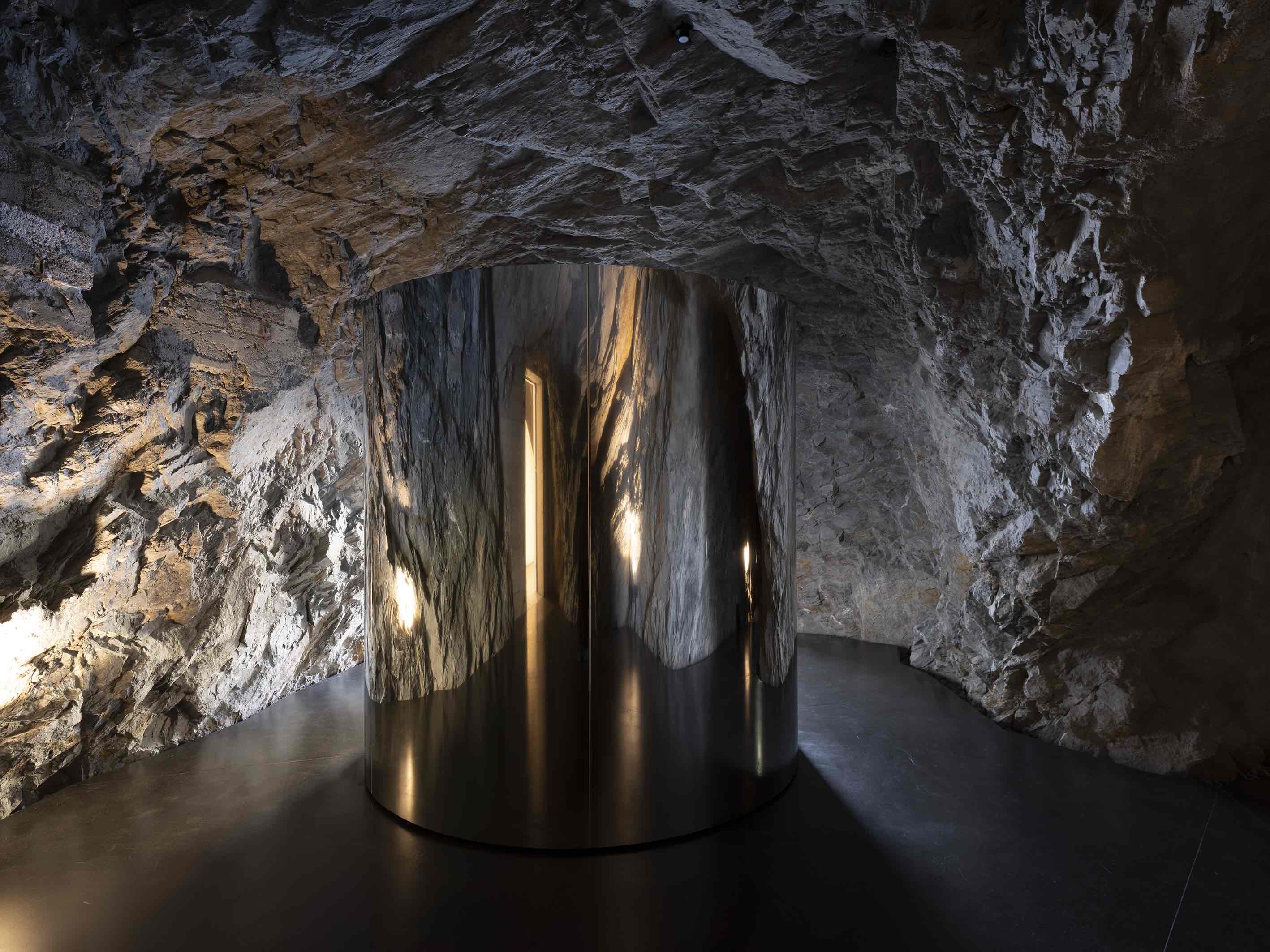
For Kulczyk, a trailblazing entrepreneur who has worked her way up to become Poland’s wealthiest woman, it is a hugely proud moment. Back in the 1970s when she started a business with her ex-husband, the late billionaire industrialist Jan Kulczyk, women did not have a position in a deeply patriarchal society, she recalls.
“Women were perceived as a perfect backstage force to organise day-to-day business,” says Kulczyk. “I observed this not only setting up a business in Poland but also when I started my independent company internationally. I was frequently the only woman at the table and having to fight for my voice to be heard in the boy’s club.”
It only made her more determined to succeed. When the Iron Curtain fell, Kulczyk shifted her focus in business and collecting, moving into cars, telecoms and energy, and simultaneously started buying contemporary art.
“My taste in artwork has developed alongside my knowledge as a collector and entrepreneur over the years, as an indirect result of my life experiences and business initiatives. I am motivated by a genuine desire to have ongoing contact with the work of ambitious and intriguing artists, and not just to make a profitable investment or build a self-image for others,” she explains. “The most important factor for me is to follow my true feelings and to have a genuine affinity with an artwork. I like to trace a matrix and make non-obvious connections between artworks that no one else can see.”
But Kulczyk says her passion was ignited as a student of law in her hometown. “I used to say that art helps me to give non-obvious answers to the most disturbing questions,” she adds.
Kulczyk says the people she encountered during her studies who inspired her the most were people connected with art: artists and art historians. “I began to educate myself on topics relating to art and spent time with people closely involved in Poland’s artistic scene.”
Now, thanks to Kulczyk’s ambition, she is finally able to facilitate other young people getting inspired by art and to answer those questions for themselves.
This article originally appeared in Billionaire's Art Issue, June 2019. To subscribe contact

